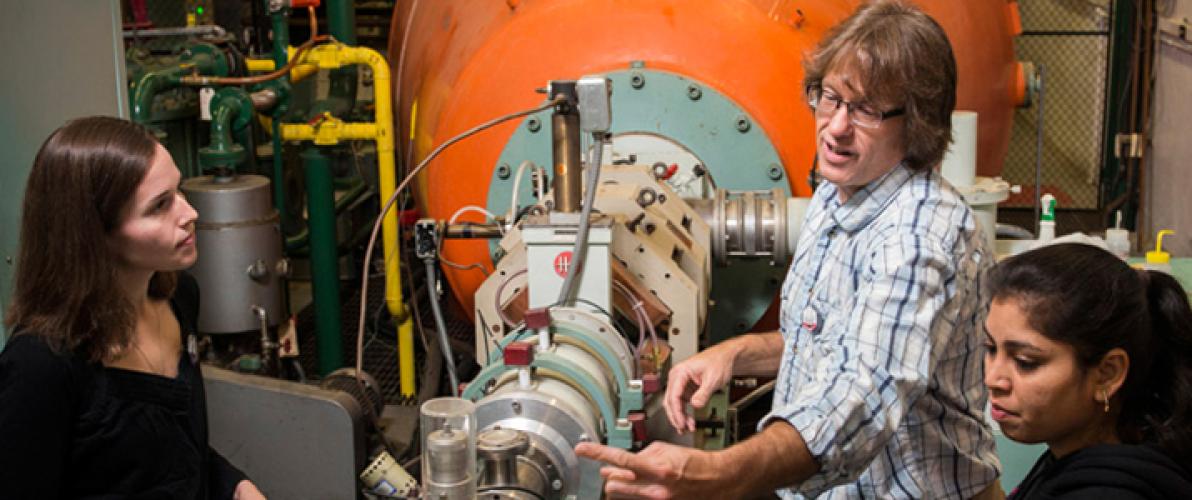
Edwards Accelerator Laboratory turns 50, continues to provide surprising results

Thousands of Ohio University students walk past the Edwards Accelerator Laboratory each day, not noticing the internationally known research facility set into the hillside.
Its 50th birthday party in September finds the accelerator anything but over the hill. In fact, its ion beams and experimental equipment mean it’s uniquely positioned to help find answers to some really important questions about understanding the universe.
Inside the nondescript brick building are undergraduate students in the accelerator lab course, doctoral students conducting experiments, or visiting researchers looking to better understand the nuclear stockpile or exploding stars. And yes, there is even a garage where the story of this lab began.
Three new experiments build on a history of discovery
Early research at the lab, named after John E. Edwards, a physics professor from 1932 until 1972, helped map the difference between neutron-neutron and neutron-proton interactions inside the nucleus.
"In the past few years, Edwards Accelerator research has demonstrated that the statistical structure of nuclei is inconsistent with theoretical expectations, which may change our understanding of element formation in the universe," said Dr. Zach Meisel, lab director and associate professor of physics. "In one of our most recent measurements, we found that a nuclear-reaction-based background that was thought to confuse searches for dark matter in the universe has been considerably overestimated until now."
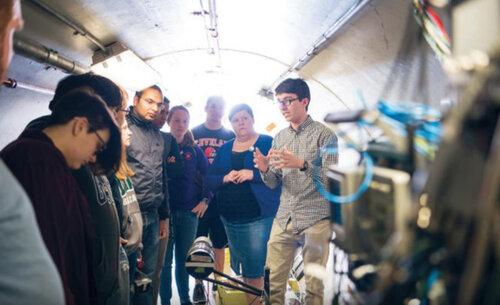
The Edwards Accelerator Laboratory may be 50 years old, but it is constantly evolving and adopting the latest technology.
“The most recent addition is a $250,000 state-of-the-art ion source that OHIO researchers are using to measure nuclear reactions that synthesize elements in stars and play important roles in nuclear applications," said Dr. Julie Roche, professor and director of OHIO’s Institute of Nuclear and Particle Physics (INPP).
The Edwards Accelerator Laboratory is managed by the Physics and Astronomy Department and is also a part of the INPP.
"We are currently constructing three new experimental setups that are tailored to provide new capabilities,” said Dr. Carl Brune, a physics professor who’s made many measurements at the lab over the past 20 years. “These will enable the first measurement of a nuclear reaction that may have produced most of the carbon made in the Big Bang, precision characterization of nuclear reactions expected to impact the operation of next-generation molten salt nuclear reactors that could be used for power generation, and a unique approach to study nuclear reactions present in explosive astrophysical environments.”
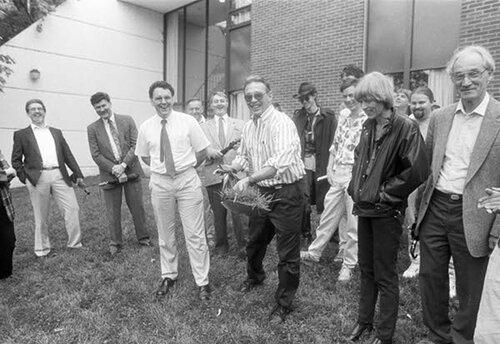
Faculty currently conducting research in the lab include Drs. Brune and Meisel, David Ingram, Thomas Massey, and Alexander Voinov, as well as Distinguised Professor Emeritus Steven Grimes. Brune and Meisel specialize in nuclear astrophysics. Ingram specializes in ion beam analysis of materials. Massey specializes in neutron physics, and Voinov and Grimes specialize in the statistical structure of nuclei.
What makes Ohio University's accelerator unique?
Spoiler alert: It's not the Star Trek "red alert" siren that sounds when the beam is running. That's not just for fun — the piercing sound is part of the safety measures that have contributed to an "interstellar" safety record at the facility.
"The Edwards Accelerator Laboratory has played a key role due to its flexibility," said Ingram, chair of the Physics and Astronomy Department, who conducts experiments at the Edwards Accelerator. "We are often able to go from idea to experiment in a matter of months, enabling us to follow-up on the most recent research questions."
Flexibility also means that the 4.5-million-volt tandem accelerator with two ion sources, capable of delivering beams of almost any element, can direct the beam into a host of rooms equipped for different measurements — e.g. neutron bunches with nanosecond time resolution, stations for precision neutron and charged-particle counting, and equipment tailored to characterize thin materials.
"The beam-swinger and associated neutron time-of-flight tunnel make the laboratory superbly suited to perform measurements in which neutrons scatter from nuclei. As such, the Edwards Accelerator Laboratory is the primary facility in North America for commissioning neutron detectors and characterizing the response of nuclei that endure high neutron-flux environments," Meisel said.
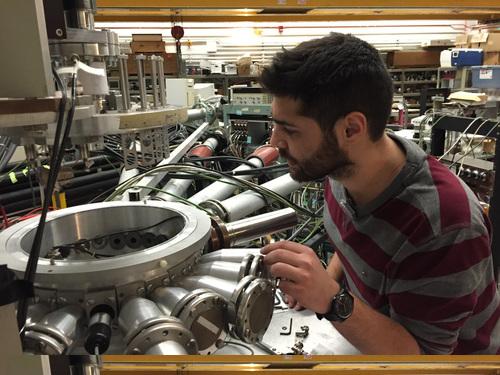
The accelerator is one of the premier labs in the world for neutron beams, drawing visiting researchers from North America and Europe. In just the past decade, the Edwards Accelerator Laboratory has hosted outside researchers from more than 15 institutions from the United States and Europe who come to Athens to do research using the lab's unique capabilities.
"In a recent partnership with Texas A&M University, this capability enabled us to perform the first measurements of an exotic reaction sequence that was thought to enhance the production of carbon in exploding stars. In a collaboration with Central Michigan University, we constrained a key reaction for cosmic production of the isotope Potassium-40, whose radioactive decay provides the internal heat of exoplanets," Brune said.
"We have a long-standing relationship with Lawrence Livermore National Lab focused on nuclear applications and studying reactions that help understand the evolution of the nuclear stockpile. And we have performed several measurements in collaboration with the Air Force Institute of Technology and, separately, the University of Pennsylvania mimicking space radiation to assess the performance of prospective satellite components," he added.
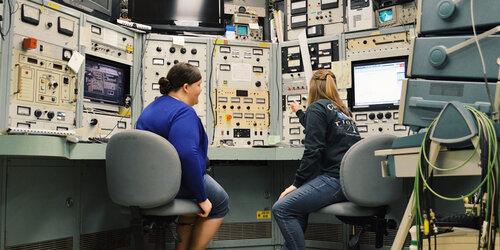
Undergrad students in the lab, and Ph. D. graduates around the world
Ohio University students — graduate, undergraduate, and even a first-year student — have actually built and rebuilt detectors, learned to operate the accelerator, and spent countless hours examining the data produced in experiments.
Over three dozen alumni have earned Ph.D.s in physics based on research at the Edwards Accelerator Laboratory.
And OHIO is one of five universities in the nation where students use an accelerator as a part of a nuclear physics laboratory course. This corresponds to roughly two dozen mostly undergraduate students each year.
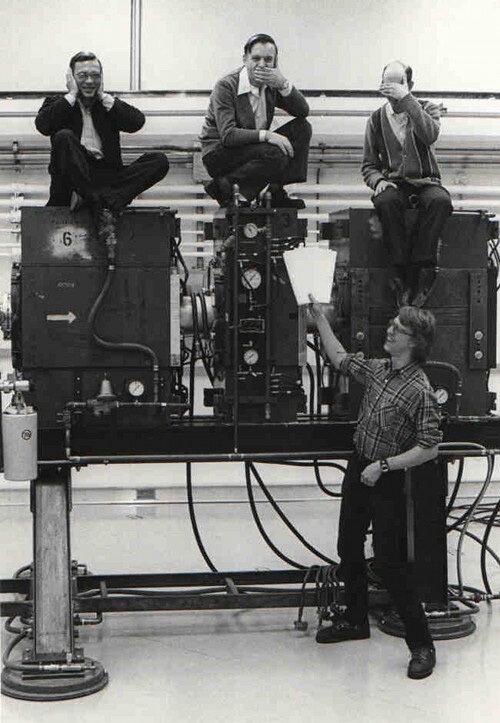
"One of the strengths of the laboratory has always been the design and construction of specialized experimental equipment, including hardware, electrics, and computers. These developments are possible because of our on-campus location, excellent technical staff, and other departmental resources such as our machine shop. The laboratory provides an excellent environment for both undergraduate and graduate students to learn all facets of experimental physics, including design, fabrication, data taking, and analysis. The laboratory infrastructure has also supported the development of equipment for several experiments that have been performed at other laboratories," reads the history of the Edwards Accelerator Laboratory.
Engineers Don Carter and Greg Leblanc also provide key technical expertise that is essential to the lab's research efforts.
Ph.D. students have moved on to a variety of careers, from academia, to industry, to U.S. national laboratories. Cody Parker (Ph.D. ’16), who studied the nuclear astrophysics of the early universe, is now a staff scientist at the Cyclotron Institute of Texas A&M University. Remi Adekola (Ph.D. ’09), who studied nuclear reactions powering explosions on white dwarf stars, is a long-time staff member at Canberra Industries, one of the leading nuclear instrumentation companies in the world. Paul Koehler (Ph.D. ’84), who studied the structure of short-lived oxygen species, is a senior instrumentation scientist at the Los Alamos National Laboratory Neutron Science Center.
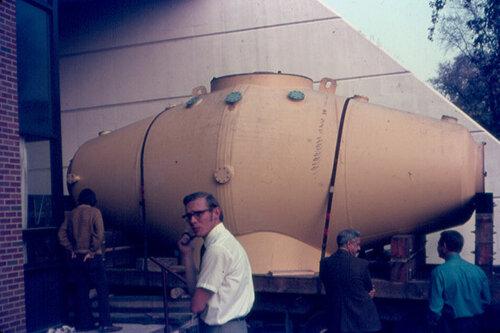
Most of the funding for the accelerator and the research conducted in the lab comes from federal grant funding. A $1 million grant from the U.S. Atomic Energy Commission in 1967 funded the 4.5-MV tandem accelerator, and the first experiments started in the lab in 1971. The new lab was an upgrade from the small 150-kV Cockroft-Walton accelerator for generating neutrons that was located in an old automobile garage.
"We are always working on upgrades to the laboratory. We recently installed a new ion beam source and commissioned a new neutron detector, the combination of which are improving our understanding of helium burning in space," Meisel said. “The ion source was funded through a $250,000 Major Research Instrumentation Award from the National Science Foundation. The neutron detector was funded as part of a $600,000 grant from the National Nuclear Security Administration.”
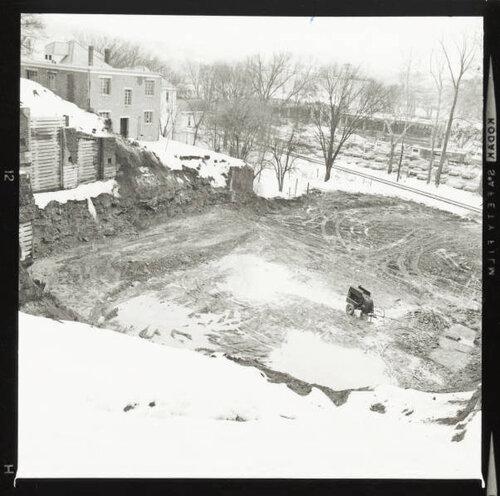
Watch videos about the Edwards Accelerator Laboratory at: https://www.youtube.com/playlist?list=PLkk5oFUpZDlbR6Prj71oJsW0BGqTiH8iZ
